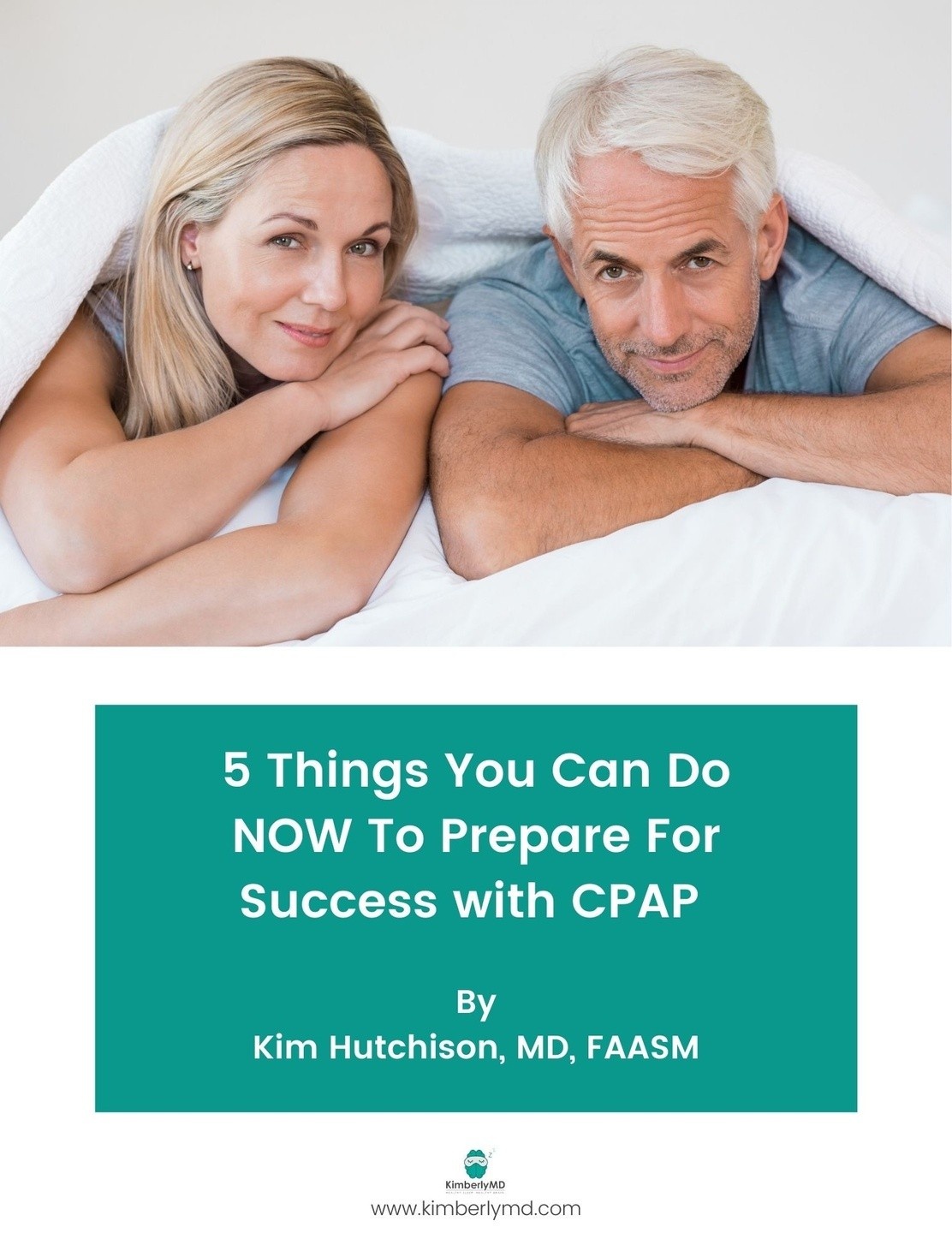Is It Sleep Apnea—or Menopause?
This week’s Sleep Byte is inspired by a question from Ellen: “How does one differentiate the CPAP/sleep apnea need vs post-menopausal syndrome? Similar symptoms. Different treatments.”
Good question, Ellen. When your sleep falls apart in midlife, it’s easy to wonder: is this sleep apnea, menopausal changes, or both? The symptoms can look similar—insomnia, daytime fatigue, brain fog, mood changes, and waking unrefreshed. But the causes and the treatments are different, so getting it right matters – although it’s not always easy.
Here’s the simplest way to think about it. With menopause, your body’s thermostat misfires—hot flashes, night sweats, and temperature swings can pull you out of sleep, often resulting in early morning awakenings. With sleep apnea, your airway is like a tunnel that keeps narrowing; breathing gets blocked, oxygen levels dip, and your brain briefly wakes you to reopen the passage—again and again. Both can leave you exhausted, but the triggers are different: heat surges versus airway blockages.
Clues that point toward sleep apnea include snoring – although this isn’t always prominent in women - choking arousals, waking with a dry mouth or sore throat, morning headaches, unexplained bathroom trips during the night, and sleep that feels “light” or restless despite plenty of hours in bed. Other clues like high blood pressure, obesity, or type 2 diabetes increase the odds that sleep apnea is playing a role.
Clues that point toward menopause-driven sleep disruption include night sweats or hot flashes that wake you up, new temperature sensitivity - during the day or night, irregular or absent periods, joint aches, and a “tired but wired” pattern with difficulty returning to sleep after a hot flash awakening. You can absolutely have both—menopause raises the risk of sleep apnea—so the question is which problem is primary and what to test first.
Here’s a quick, practical path. If you or a bed partner notice snoring—or you wake with headaches or dry mouth—screen for sleep apnea and consider a home sleep apnea test or in-lab study. If your main night problem is sudden heat, sweats, and kicking off covers, talk with your clinician about treating vasomotor symptoms; that might include non-hormonal options or, if appropriate for your health history, hormone therapy. If you try menopause-targeted treatment and you’re still unrefreshed, circle back to sleep apnea testing.
In clinic, I recently met a 52-year-old woman who was certain she had “menopause insomnia.” She had night sweats and felt exhausted. But her partner also noticed snoring and a few nights where she seemed to stop breathing. Her sleep study showed moderate obstructive sleep apnea. Once we started therapy, her morning headaches and brain fog improved within weeks. She still had some hot flashes, but sleep became restorative again.
One more important note: fatigue and brain fog are often labeled “just menopause,” especially in short primary-care visits. If you’re peri- or post-menopausal and still waking tired, ask directly, “Could this be sleep apnea?” Bring a brief symptom log and, if possible, your bed partner’s observations. The right diagnosis leads to the right treatment: CPAP or other airway-focused strategies for sleep apnea or evidence-based menopause care for vasomotor symptoms. Of course cognitive behavioral therapy for insomnia is also important if a learned insomnia pattern is also present.
Bottom line: similar symptoms, different fixes. If you’re not waking restored, check for sleep apnea, address menopause symptoms, and treat what you find. Better sleep—and better days—are absolutely possible.



